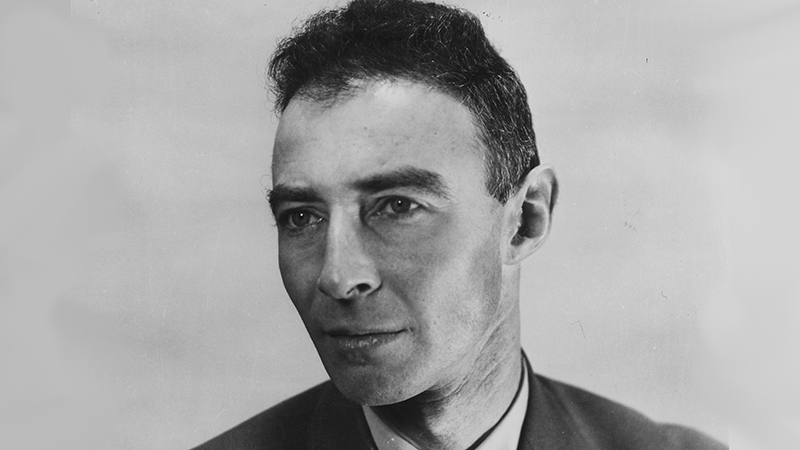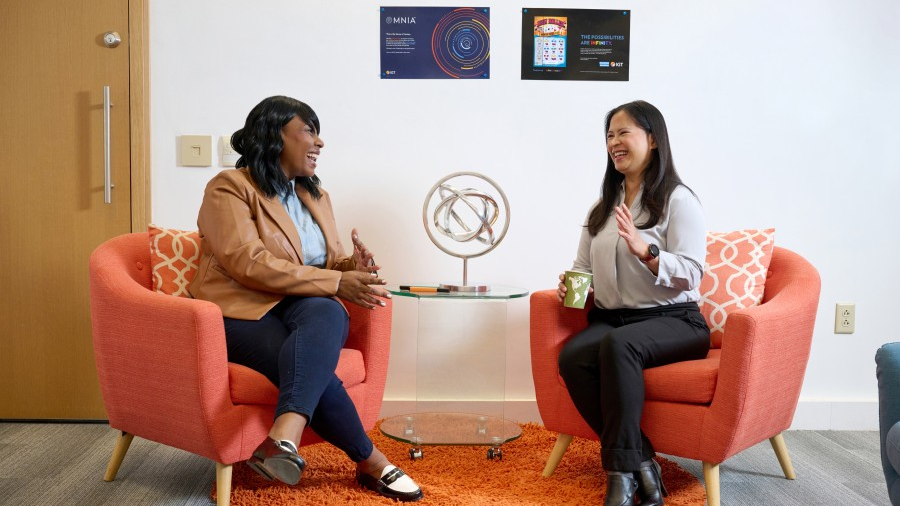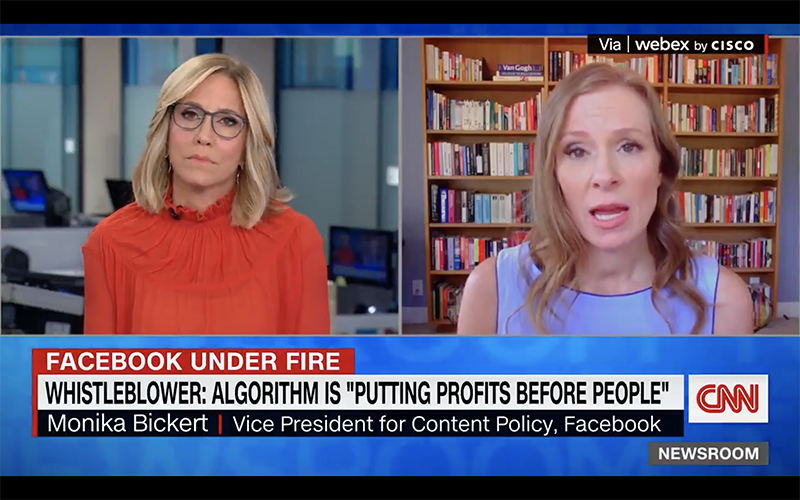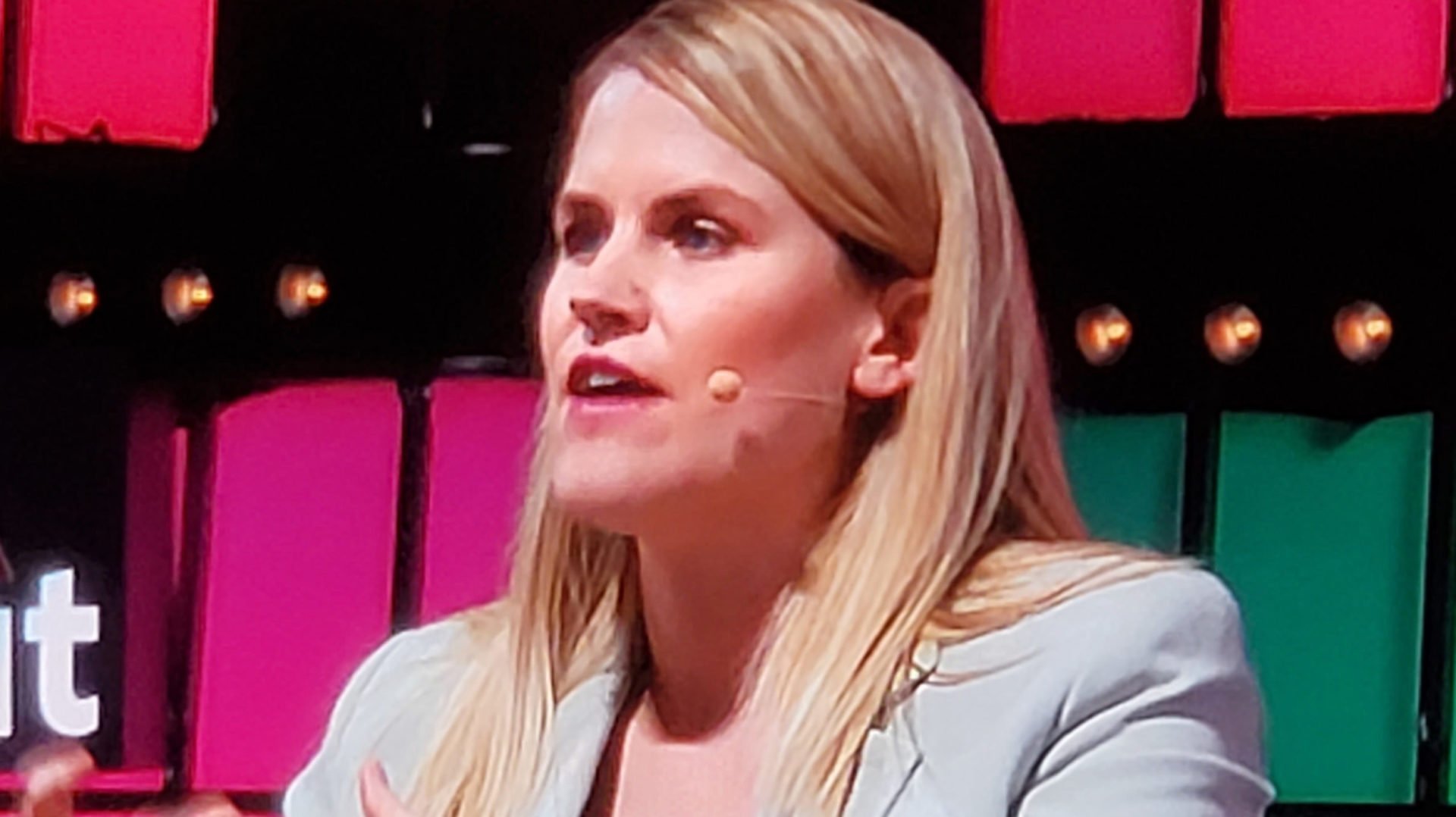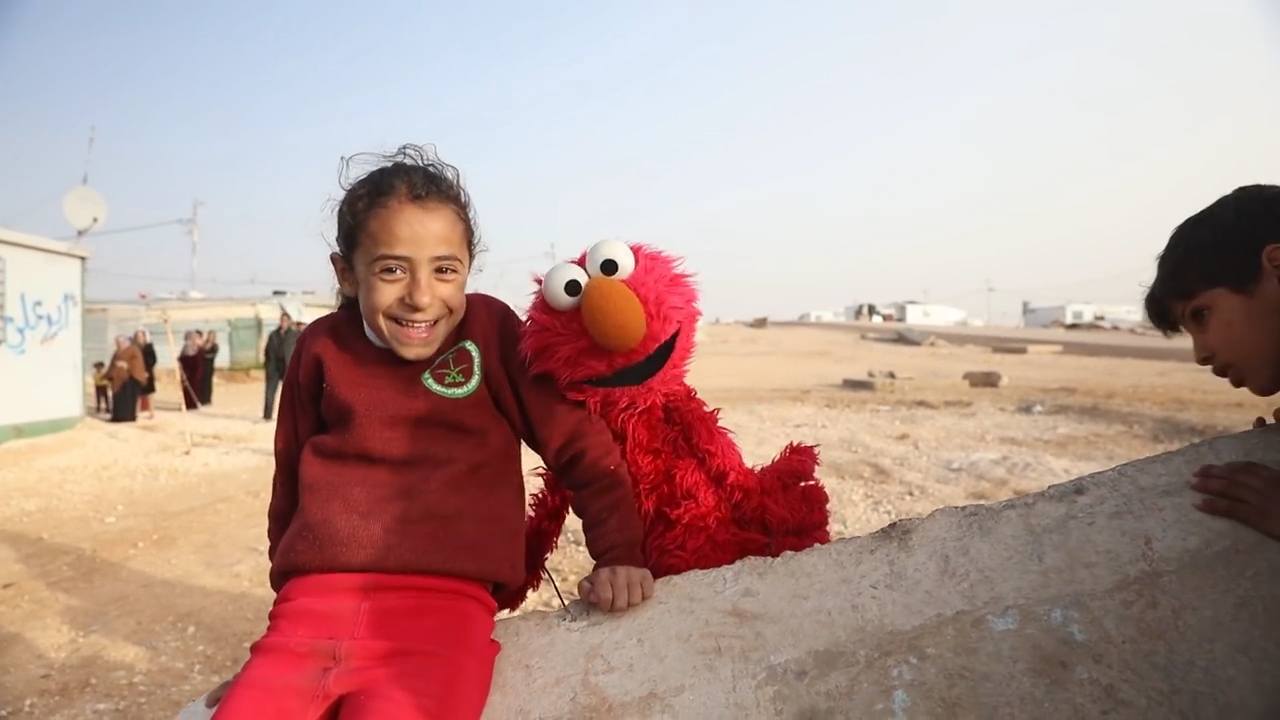
Amid intercontinental nuclear taunts, devastating hurricanes, and healthcare drama, last week’s announcement of four finalists for a new funding competition was a welcome reminder that good news is still possible. It is also a sign that alternative funding sources—particularly for large-scale projects—are sorely needed.
100&change is a new initiative from the highly regarded MacArthur Foundation, best known for its so-called genius grants. Unlike typical funding programs, which seek out the most promising projects and award prizes to several winners, 100&change will bestow its $100 million grant on a single project. Judges are looking for the one proposal that shows the best prospects for “real and measurable progress in solving a critical problem of our time,” according to the foundation’s description.
You could make the argument that divvying up $100 million into smaller prizes would fuel advances in a number of different fields. That’s the rationale behind most grant funding competitions, whether they’re run by government agencies or philanthropic foundations. For the organization providing the money, that approach has the extra benefit of diversification. If you give out 10 smaller grants, just like buying individual stocks, you can expect a couple of duds, a couple of runaway successes, and a handful of average performers. On the whole, you’re likely to come out ahead.
So it’s quite noteworthy that the MacArthur Foundation, which has been issuing grants for decades, blew up the model for 100&change. Eschewing the safety of diversification and the steady, incremental improvements of smaller awards, they’re betting an enormous sum of money on one program. “We want to inspire, encourage, and support other people’s ideas … about how to address major challenges and enable real progress toward a solution,” said Julia Stasch, president of the MacArthur Foundation, in a statement when 100&change was launched.
This program is a recognition that a major leap forward isn’t going to come from small, safe grants. It’s also a signal that the agencies we usually rely on to fund game-changing initiatives—such as the National Institutes of Health or the Department of Energy, each with an annual budget of about $33 billion—are not achieving this. To some extent, that’s a self-fulfilling prophecy. Agency budgets have been under assault for years, and the uncertainty that creates leads program managers to choose less risky proposals. Progress is more reliable this way, but the projects that could make real breakthroughs get left behind.
What does $100 million accomplish? Here’s a look at the four finalists:
Improving conditions for kids in orphanages: The Catholic Relief Services project would fund workers in several developing countries to shift away from institutions and toward family-based care for children in need.
Making crops more nutritious: This proposal from HarvestPlus would develop several bio-fortified crops that are staples for farmers in Africa. These higher-nutrient crops could help eliminate hunger for millions of people.
Boosting newborn survival: From Rice University, this project would deliver medical technologies designed for neonatal care to clinics in Africa, with a goal of saving the lives of 500,000 babies each year.
Educating displaced children: Together, Sesame Workshop and International Rescue Committee would roll out an intervention program designed to address the stresses of refugee children to kids in the Middle East who have been displaced by conflict or persecuting.
Beginning this Friday, the finalists will be available online to answer questions from the public. The selection of the competition winner will occur sometime after December 11th. 100&change is expected to award its $100 million prize every three years.
Meredith Salisbury is the editorial director of Bioscribe.
Can $100 Million Change the World?
The MacArthur Foundation doesn't just give genius grants. It is now awarding $100 million to one project. Four impressive finalists were announced last week; read more within.





